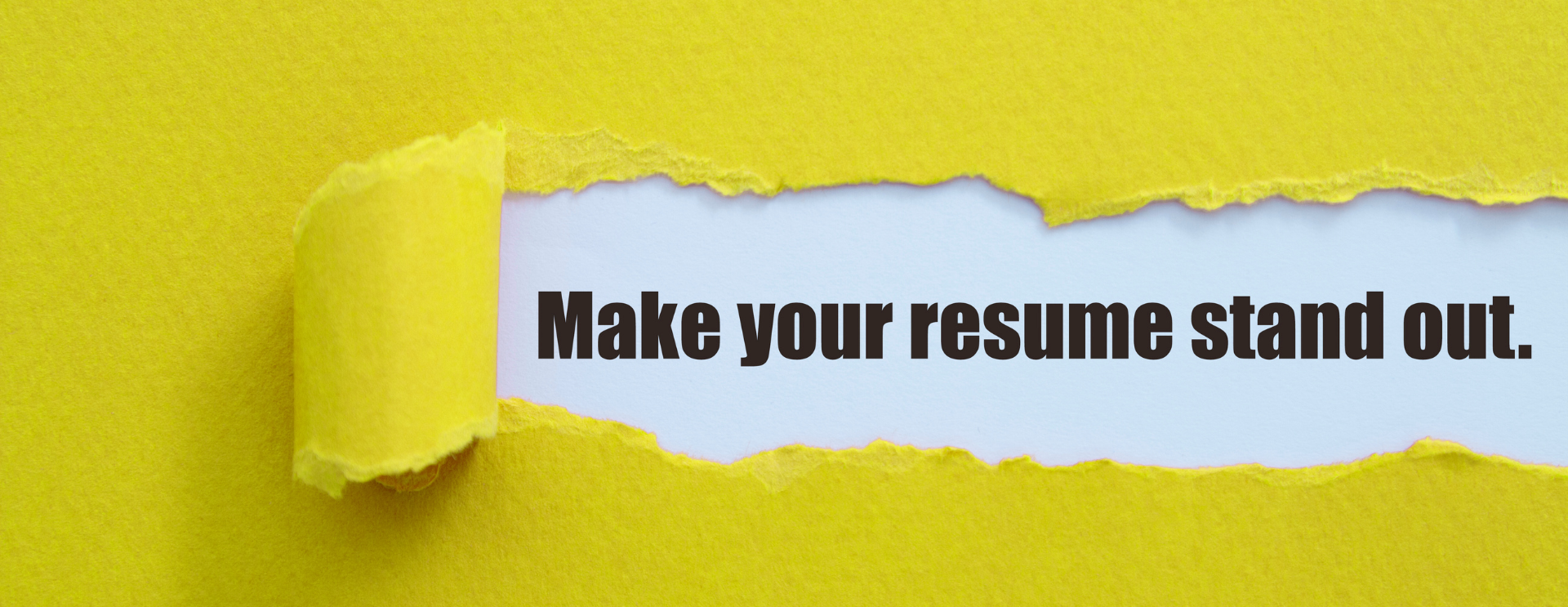Creating a résume that makes a good first impression requires attention to detail and a clear understanding of what employers are looking for. Here are some key guidelines to help you write a compelling résume:
Avoid the temptation to exaggerate or oversell yourself on your résume. Ensure that everything you include accurately represents your skills and experiences. Imagine you’re discussing your qualifications in person, maintaining the same level of honesty and authenticity.
While it’s crucial to include relevant technical experience, don’t assume that hiring managers will immediately understand acronyms or specific qualifications. Spell out acronyms and provide explanations when necessary to ensure clarity.
A well-structured and visually appealing résume is key to making it an Applicant Tracking System (ATS-friendly). Prioritize readability by using clean and organized formatting. Your résume should look professional and be easy to navigate.
Arrange your job history in reverse chronological order, beginning with your most recent or current position and working backward. Ensure there are no gaps in your employment history, and be transparent about any career breaks, such as travel or family-related commitments.
Aim to keep your résume concise, ideally limiting it to one or two pages. Include details and achievements primarily from recent or relevant positions. Remember, interviews provide an opportunity to delve deeper into your experiences if needed.
Use a clean and professional font like Arial in size 10-12 to fit everything on one page without sacrificing crucial details. Utilize bullet points for clarity, but avoid using italics, underlining, or emojis. Keep your résume simple, polished, and easy to read.
Eliminate spelling and punctuation errors by proofreading your résume. Consider seeking input from a friend or colleague to ensure it is error-free.

Here is a sample traditional résume that will get you one step closer to landing an interview. However, there are more than one résume format. Each résume format has advantages and is suitable for different career stages. Choose one depending on your circumstances and the job you are applying for.
A well-crafted cover letter can significantly enhance your job application. Here’s why it’s crucial:
Tailor Each Cover Letter: Customize your cover letter for the specific company and position you’re applying to. Highlight how your skills and experiences align with their requirements.
Complement Your Résume: A cover letter isn’t a résume duplicate. Instead, use it to add depth to your qualifications and showcase your enthusiasm for the role.
Professional and Personal: Maintain a professional tone in your cover letter while infusing it with your unique voice and personality.
Highlight Your Motivation: Explain why you’re interested in the role and the company. Share what attracted you to their organization and why you believe you’re a great fit.
As AI technology evolves, it becomes increasingly integrated into various career-related tools, empowering job seekers and assisting those contemplating career changes. From creating professional resumes and cover letters, AI has revolutionized how we search for work. However, job seekers should remember that while AI tools can facilitate job-seeking processes, it is important to customize all documents. Take the time to review and edit the drafts AI provided, ensuring they reflect your unique voice and personality, before sending them to the hiring managers.
At Agilus Work Solutions we serve our candidate and employer networks, to lead a connected, forward-thinking work community. We understand that work is an important piece of your work+life equation. Simply put – we care about your whole life, work included.